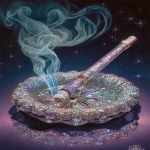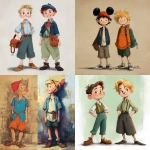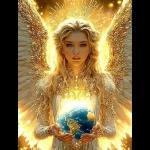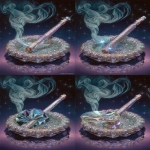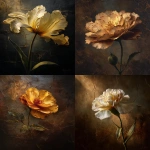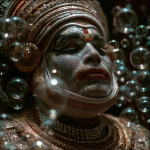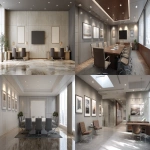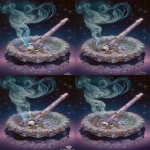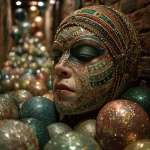Explore the Best AI Image Gallery

Imagining Reality: How AI Image Creation Tools are Transforming the Creative Landscape
The world of art and design is undergoing a seismic shift with the advent of AI image creation tools. These powerful technologies, fueled by machine learning algorithms, are capable of generating stunningly realistic and imaginative visuals from simple text prompts, blurring the lines between human creativity and artificial intelligence. This transformative force is impacting various sectors, from advertising and entertainment to education and research, raising both excitement and apprehension about its implications for the future of creative work.
Unleashing Creativity: The Potential Uses of AI Image Generators
AI image creation tools offer a plethora of exciting possibilities for creatives across disciplines:
- Concept Visualization: Artists and designers can quickly generate multiple visual concepts based on their ideas, streamlining the brainstorming process and exploring diverse design directions.
- Content Creation at Scale: Marketers and businesses can leverage these tools to produce high-quality visuals for websites, social media campaigns, and marketing collateral efficiently and cost-effectively.
- Personalized Experiences: AI can create customized imagery tailored to individual preferences, enhancing user engagement and creating unique experiences in gaming, e-commerce, and interactive storytelling.
- Accessibility in Art: Individuals with visual impairments or limited artistic skills can use AI tools to express their creativity and generate personalized artwork.
Navigating the Ethical Landscape
While the potential benefits of AI image generators are undeniable, its crucial to address the ethical considerations they raise:
- Copyright and Ownership: Questions arise regarding the ownership rights of AI-generated artwork, blurring the lines between human creativity and machine output.
- Bias and Representation: AI models are trained on existing datasets, which may contain biases that reflect societal prejudices. This can result in the perpetuation of harmful stereotypes in AI-generated imagery.
- Job Displacement: There are concerns that AI image generators could automate creative tasks currently performed by human artists, potentially leading to job losses in certain sectors.
- Misinformation and Deepfakes: The ability to create highly realistic images raises concerns about the potential for misuse in generating fake news, manipulating public opinion, and spreading misinformation.
Shaping the Future: Trends in AI Image Creation
The field of AI image generation is rapidly evolving, with continuous advancements pushing the boundaries of whats possible:
- Increased Realism and Detail: Models are becoming increasingly sophisticated, capable of generating images with astonishing levels of detail and realism.
- Text-to-Image Synthesis:** Advancements in natural language processing allow for more nuanced and creative text prompts, resulting in images that accurately capture the intended concept.
- Multimodal Generation: AI is being trained to generate images from multiple input modalities, such as text, audio, and video, enabling richer and more interactive experiences.
- Ethical Considerations at the Forefront: Researchers and developers are increasingly prioritizing ethical considerations in the design and deployment of AI image generation tools.
Conclusion
AI image creation tools are revolutionizing the creative landscape, empowering individuals and organizations to explore new frontiers of imagination and innovation. While navigating the ethical challenges is paramount, these transformative technologies hold immense potential to shape the future of art, design, and communication.
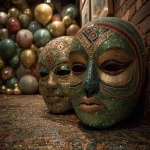

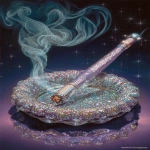
](https://images.ai-img.art/thumbnails/150/485c8b1c747827bdc9a962f8a1919b3c259b18dd263b260208a1eae19fb85e07.webp)
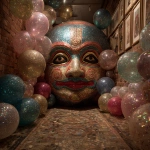
](https://images.ai-img.art/thumbnails/150/3020b8c2b6d9be07e042357107af1de10deb274a41d2b0f332684ad4b532a702.webp)
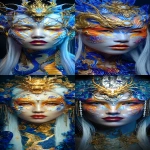
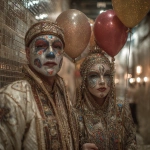

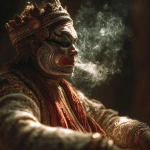

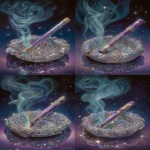
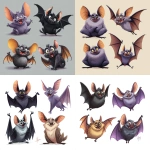
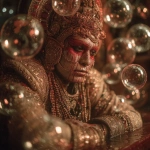
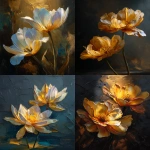
](https://images.ai-img.art/thumbnails/150/8d1fe5a7a49cfc96747182431a853357913286d89258383caab2d3b4681afcb5.webp)
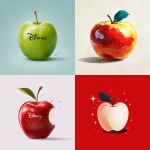
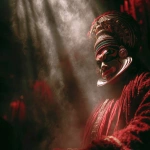
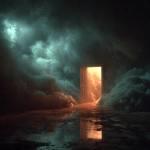
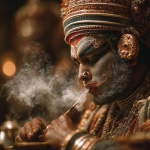
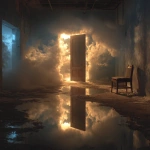

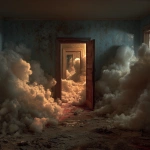


](https://images.ai-img.art/thumbnails/150/5197af8969d850e2a43e141d41e482ccbceedebceb2a4caf9f098f943f9d1b0f.webp)
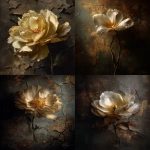
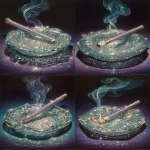
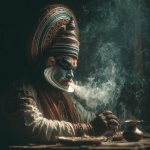

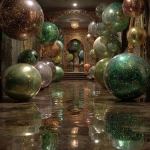
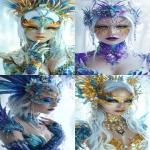
](https://images.ai-img.art/thumbnails/150/2fbd98ecfc425cfc1597779121e1c0305437067779e9c471eb64ff9615d5be98.webp)
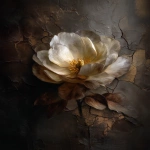
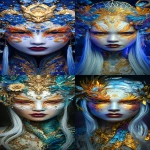

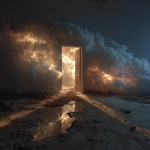

](https://images.ai-img.art/thumbnails/150/269414b0e541026702e9e67c67602c96162f37ff460a388b3b36314c8fc936dd.webp)
